In 2018 we celebrated the centenary of the Representation of the People Act 1918 which for the first time saw some women gain the vote, and was a key step towards female emancipation in the UK and universal suffrage across the globe. Throughout this year there are events taking place to mark this important anniversary and a great number of books published, both factual and fiction which will help our younger generation understand the huge achievement in this the Centenary year of the Suffrage movement. Find our favourite titles in this special section.
"Justice and freedom for women are things worth securing...for civilisation itself." - Millicent Garrett Fawcett, 1928.
Prior to the Representation of the People Act 1918 women played no part in national politics; they could not stand as candidates in Parliament nor could they vote. From the late 19th century there was a growing campagin for women's suffrage, partly influenced by the success of similar campaigns overseas, and led by women who were increasingly frustrated by the social and economic constraints they suffered.
In 1897 a number of local suffrage societies united to form the National Union of Women's Suffrage Society under the leadership of Millicent Fawcett. Using peaceful tactics they petitioned the government and held non-violent demonstrations to draw support for their cause.
The more radical members grew impatient with this approach and in 1903 Emmmeline Pankhurst founded a new organisation, the Women's Social and Political Union - the Daily Mail dubbed them The Suffragettes. The motto of the Sufragettes was, Deeds not words and this new organisation became more militant and violent; they chained themselves to railings, caused extensive criminal damage and ran bombing campaigns.
By 1909 the WSPU had branches all over the country and published a newspaper called Votes for Women. Over this period about 1000 suffragettes were imprisoned for a variety of public order offences, some prisoners staging hunger strikes to lobby to be considered as political prisoners. Some of these prisoners were force-fed and kept in dreadful conditions. Their poor treatment won increasing sympathy from the public, which grew further as many of the WSPU and NUWSS suspended their campaigning at the outbreak of the First World War and eagerly took up many traditional male roles.
On 6th February the Representation of the People Act 1918 was passed which gave the vote to all men and some women (who owned property) over the age of 30. By 1928 suffrage was extended to all women over the age of 21.
These links below offer further reading - and scroll down for our collection of books that tell the story of the Suffragettes.
The Museum of London has a full programme of lectures, special events and an exhibition with personal stories from lesser known suffragettes, with iconic objects from the Museum collection including Emmeline's Pankhurst's hunger strike medal.
BBC Teach has range of resources to explore the history of the Suffragettes and the fight for women's equality in Britain.
The Pankhurst Centre, Manchester - the birthplace of the Suffragette movement, with a small museum and women's community centre.
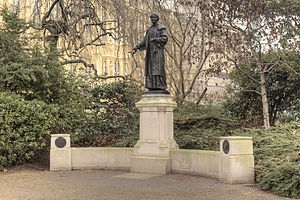
The Emmeline and Christabel Pankhurst Memorial at Victoria Tower Gardens, near the Palace of Westminster.


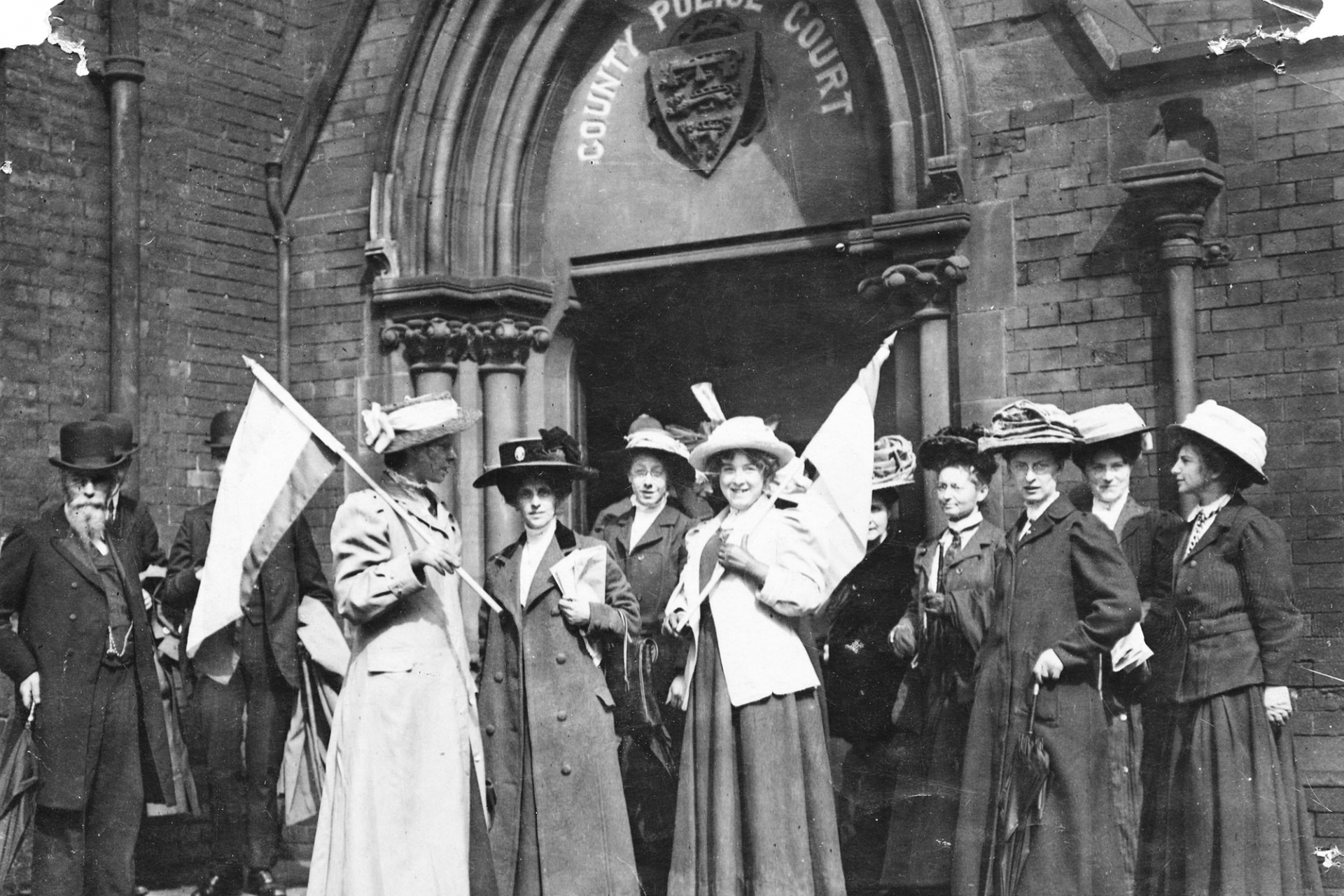
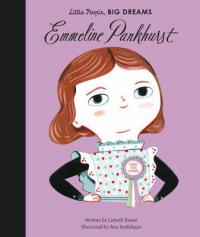
-130x200.jpg)
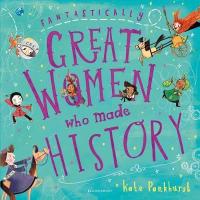
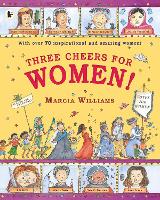


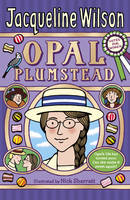
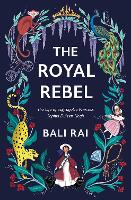
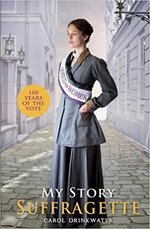
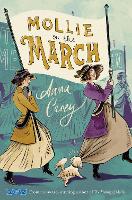
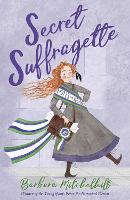
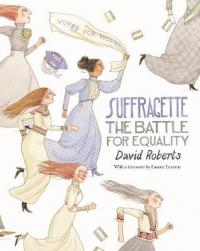
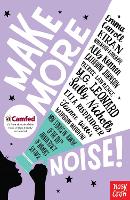
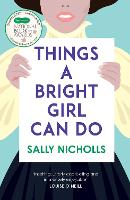
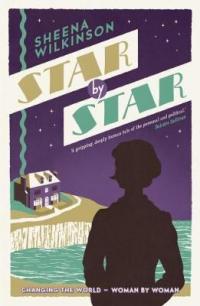
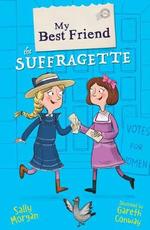
Comments (0)
Leave A Reply
You must be logged in to post a comment.